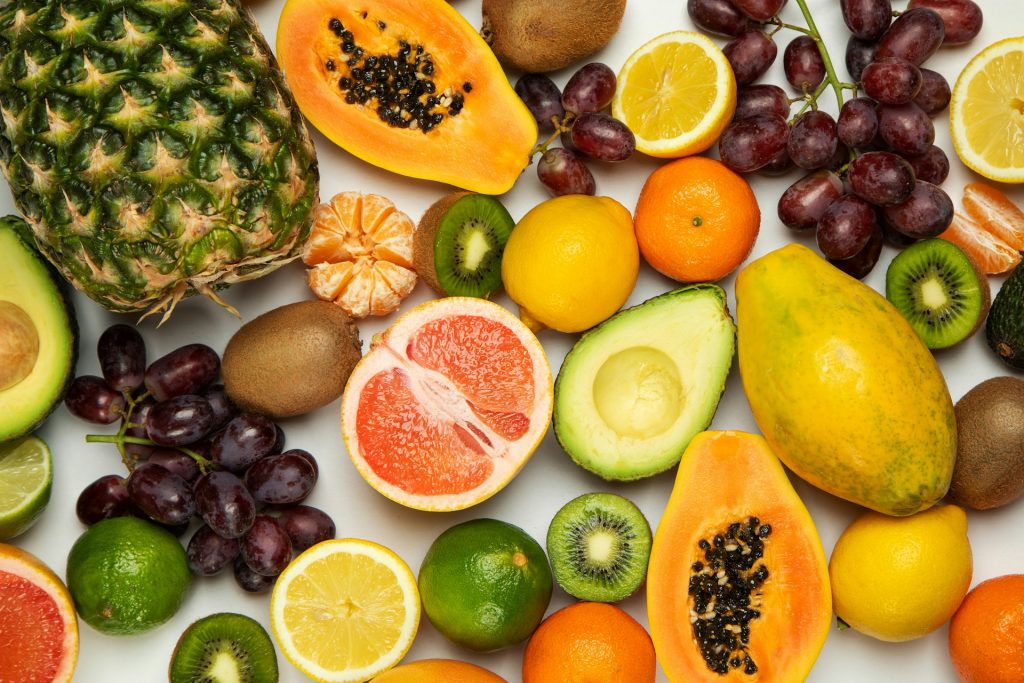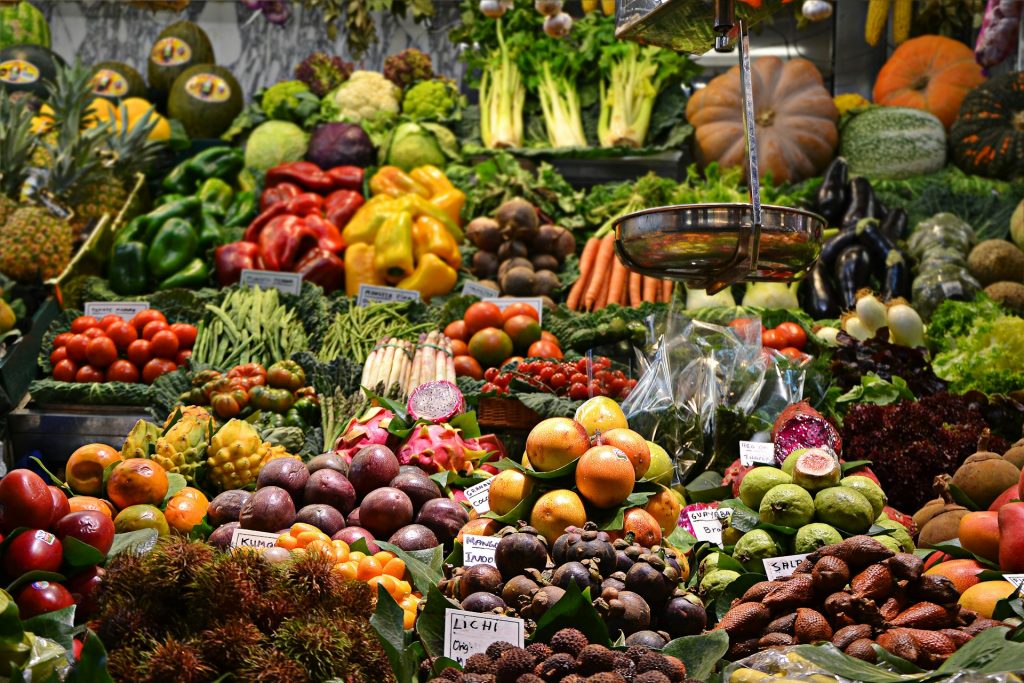Ensuring you bring home the freshest fruits and vegetables requires a combination of knowledge and keen observation. Before diving into the colorful world of produce, consider a few key factors that play a crucial role in making the right choices. It’s essential to understand that most commercial farms harvest fruits and vegetables before full ripeness, allowing them to reach the grocery store at the peak of freshness. However, your senses will be your most reliable guides in identifying the best produce – using your hands, eyes, and nose.

Identifying Ripeness in Fruits
As you embark on your journey through the vibrant aisles of the produce department, certain universal signs indicate the ripeness of fruits: firmness, vibrant colors, and a subtly sweet aroma. Beyond these general indicators, let’s delve into specific tips for various fruits:
Apples, Pears, and Stone Fruit
Inspect the surface, avoiding bruised or dented fruits, as these imperfections accelerate the rotting process.
Bananas
Ripe bananas boast a yellow hue with brown speckles, while too much brown signifies overripeness. Green bananas are suitable for purchase if you plan to consume them later.
Berries
Open the carton and check for leaks or mold. Strawberries should retain their leafy cap and be free of seedless spots.
Melons
Feel the weight of watermelons, cantaloupes, and honeydews – a slight heaviness indicates juiciness. Scarring on the skin is acceptable and signifies the resting place on the vine.
Citrus Fruits
Grapefruits, lemons, and oranges should feel heavier than they appear, with even-colored skin and no excess streaking.
Pineapple
Select heavy pineapples with crisp leaves. Flip them over and take a whiff – a sweet fragrance indicates freshness.
Cherries
Opt for plump, vibrant cherries without bruising or missing stems, unless you plan to consume them immediately.

Choosing Fresh Vegetables
For vegetables, prioritize firmness and color consistency. Unlike fruits, smell is not a significant factor, but anything overly sweet or sour suggests the vegetable is past its prime. Navigate through the produce aisle with confidence using these guidelines:
Bell Peppers
Choose firm peppers without soft spots, regardless of color. Look for consistency and avoid those with split or broken stems.
Cauliflower and Broccoli
Freshness is evident in the color – pale green for broccoli and off-white for cauliflower, free from yellowing or browning. Heads should be heavy and compact.
Corn
Select corn with pale green, moist husks, devoid of browning or drying. Kernels should be plump and firm, whether with or without the husk.
Root Vegetables
Carrots, beets, potatoes, and onions should be hard, free of cracks or soft spots. Attached roots should be sturdy and crisp, with no signs of wilting.
Leafy Greens
Assess the crispness of kale, lettuce, and cabbage by feeling both leaves and stalks. Avoid wilting, browning, or torn leaves, selecting greens with vibrant, intact foliage.

Mastering the Art of Selection
Armed with these tips, your trips to the produce department will transform into delightful and successful experiences. Trust your senses, embrace the vibrant colors, and let the freshness of your chosen fruits and vegetables elevate your culinary adventures. Happy picking!





